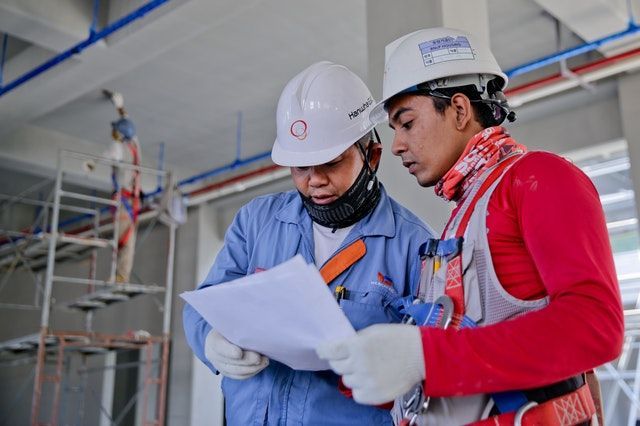How IIoT Will Change Robotics

The Industrial Internet of Things (IIoT) is a branch of the larger type of technology collectively known as the Internet of Things (IoT). Connected devices, sensors, and similar advancements allow people and companies to do things they wouldn't even dream of in earlier eras.
There are particularly fascinating things in store for the IIoT and its effect on the robotics sector. The upcoming widespread arrival of the 5G network will spur that progress, too.
The IIoT Facilitates Using Robots Simultaneously
One significant benefit of IIoT-ready robots is that the people overseeing production at a plant or similar facility can often sync the movements of numerous pieces of equipment and have them work together to achieve tasks faster than one machine could alone. In the past, company executives often invested in pieces of robotic equipment without assessing whether those products were compatible with other assets already in the environment.
Now, however, thanks to the advancements of the IIoT, it's possible to find industrial robots that communicate with each other in the cloud. Then, people can set up several robots to handle particular needs and watch the statistics of each machine on a dedicated dashboard. As such, this kind of industrial automation improves overall efficiency and cohesiveness.
The IIoT Helps Robots Give Real-Time Information to Inform Business Decisions
The use of industrial robots is not new, but a relatively recent development is the ability to get nearly instant statistics about the number of products a robot assembled in a day, the average number built per hour and so on.
Applying the IIoT to robotics offers real-time supply chain visibility and other insights that guide business intelligence. The IIoT even allows plant managers to assess the performance of multiple robots across numerous business locations.
Having access to informative updates when desired also makes it easier for plant managers to assert it's time to invest in more robots to complement the ones currently in use. Then, since the dashboards that give robotics' metrics are typically extremely detailed, the effects of adding another robot or changing business operations in another way are easy to see without delay.
AI Complements the IIoT, Along With 5G
Another advantage of the high-tech IIoT robots on the market is that many of them offer predictive maintenance. Alerts provide information about possible problems, and people can be proactive about getting those issues fixed before major shutdowns happen. Artificial intelligence (AI) is often a primary part of detecting those problems.
Although AI applications are possible without the 5G network, industry experts project 5G will make AI even more capable. That's due in part to its low latency and unbelievable speeds. For example, Samsung showed off its 5G routers for households in 2017. While using one, someone could download a 100 GB 4K movie in less than 15 minutes.
Many AI applications, including those on some industrial robots, continually collect data and analyze it, then provide the desired results to users. Because the 5G network will be so fast with virtually no latency, it will undoubtedly help industrial automation equipment achieve more than ever.
Experts also bring up other positive developments associated with robotics and 5G, such as that robots will probably become cheaper, and engineers could teach them to do more advanced tasks than they could do before the new network got unveiled.
The Robotics Industry Will Excel Due to the IIoT
Analysts have weighed in to discuss how the IIoT increased uses for industrial robots across the board. For example, a couple of decades ago, people mainly thought of workplace robots as pieces of equipment to stay away from during operation because getting too close was dangerous. To get an understanding of how much that line of thought has evolved, you only need to think of the prevalence of collaborative robots, which work around humans and help them do their jobs faster.
Collaborative robots also have built-in safety features that make them stop moving if they bump into a human. Similarly, programming stops the robots from moving faster than a safe speed, which means even if they collide with humans, no injuries result. The IIoT helps these robots meet company needs.
ResearchandMarkets.com recently released a forecast for the IIoT and industrial automation through 2023. A press release about that research mentioned some of the individual factors likely to be advantageous for both sectors. They included cloud robotics, projected to make industrial robots available to more users, and teleoperation, the act of controlling machines from a distance. The report mentions 5G as a significant advancement for the latter.
More Changes on the Horizon
This overview reveals some of the things to look forward to with the IIoT and industrial automation. However, there are undoubtedly advancements ahead people haven't envisioned yet. That means professionals who work with the IIoT or workplace robots in any capacity have much to anticipate over the coming months and years.

